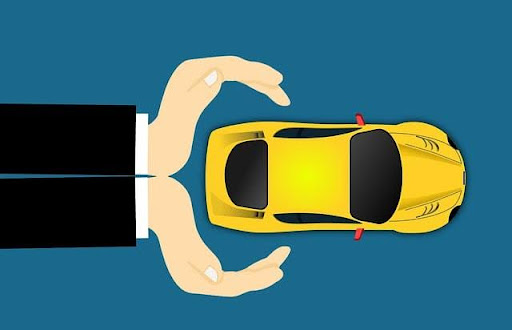Auto insurance is more than just a legal requirement—it’s a financial safety net that protects you, your passengers, and your vehicle when the unexpected happens. Whether you’re a first-time car owner or someone looking to better understand their policy, this guide breaks down the basics of what auto insurance actually covers.
1. Liability Coverage
This is the most essential and legally required part of any auto insurance policy. It covers:
- Bodily injury liability: Medical expenses for others if you’re at fault in an accident.
- Property damage liability: Repairs or replacement of another person’s vehicle or property.
Liability coverage does not protect your own vehicle or injuries—it only helps cover costs for others when you’re legally responsible.
2. Collision Coverage
Collision insurance covers damages to your vehicle caused by a collision, whether it’s with another vehicle or a stationary object like a pole or guardrail. It usually requires you to pay a deductible, but it can save you from costly out-of-pocket repairs.
3. Comprehensive Coverage
Often paired with collision coverage, comprehensive insurance protects your vehicle from non-collision incidents such as:
- Theft or vandalism
- Fire or natural disasters (like floods or hail)
- Falling objects or animal collisions
This type of coverage is especially valuable for those who live in areas with high theft rates or unpredictable weather.
4. Personal Injury Protection (PIP)
Also known as “no-fault” coverage in some states, PIP covers medical expenses for you and your passengers, regardless of who caused the accident. It may also include lost wages and funeral costs.
5. Uninsured/Underinsured Motorist Coverage
This protects you if you’re hit by a driver who either doesn’t have insurance or doesn’t have enough coverage to pay for your damages. It’s a key safety net that can fill in the financial gaps left by other drivers.
6. Optional Add-Ons and Riders
Insurance providers offer a variety of additional protections, including:
- Roadside assistance
- Rental car reimbursement
- Gap insurance (helps if your financed vehicle is totaled)
These extras can be tailored to your lifestyle and how much peace of mind you want.
7. What Does NCB in Auto Insurance Stand For?
NCB in auto insurance stands for No Claim Bonus—a reward offered to policyholders who don’t make any claims during the policy term. It translates into a discount on your premium at renewal, encouraging safer driving and claim-free behavior.
Conclusion
Understanding what your auto insurance covers can help you make smarter choices, save money, and ensure you’re fully protected on the road. From liability and collision to PIP and comprehensive coverage, each part of your policy serves a specific purpose.
Before choosing a plan, review your personal driving habits, the value of your vehicle, and the level of risk you’re comfortable with. A well-structured policy isn’t just about compliance—it’s about confidence behind the wheel.
 :
https://www.instagram.com/einsurefirst/
:
https://www.instagram.com/einsurefirst/

